Christmas in Serbia is a cherished celebration steeped in centuries-old traditions and values. Unlike many modern festivities centered on gift-giving and materialism, the essence of Serbian Christmas lies in something far more profound: the embrace of family, peaceful moments, attendance at church services, and the reverence for time-honored customs. It’s a time when the soul finds solace in the warmth of familial bonds and the enduring heritage passed down through generations.
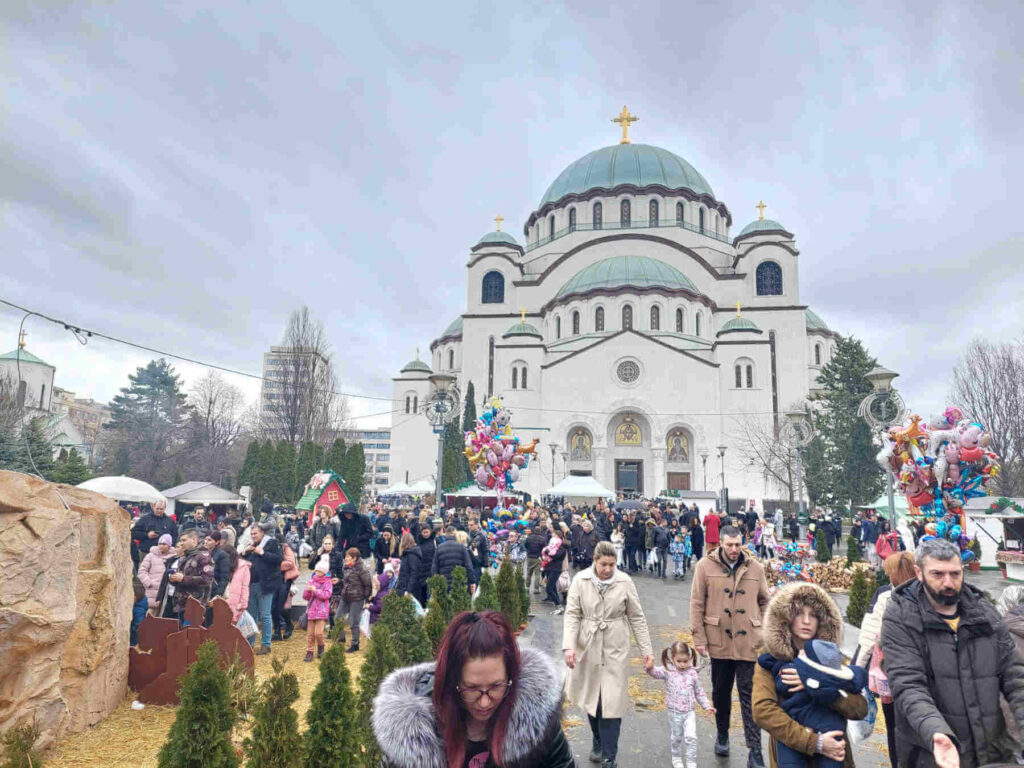
Why do Serbs celebrate Christmas on January 7?
The discrepancy in celebrating Christmas on January 7th in the Eastern Orthodox Church and December 25th in many Western Christian denominations stems from differences in calendars. The Julian calendar, used by the Eastern Orthodox Church, was introduced by Julius Caesar in 45 BC and was used throughout Europe for centuries. However, it slightly miscalculated the length of the solar year, resulting in a very small discrepancy with the actual solar year. Over time, this discrepancy accumulated, causing a shift in the calendar dates. To rectify this, Pope Gregory XIII introduced the Gregorian calendar in 1582, which adjusted the calendar and corrected the error. However, not all Christian denominations adopted this new calendar.
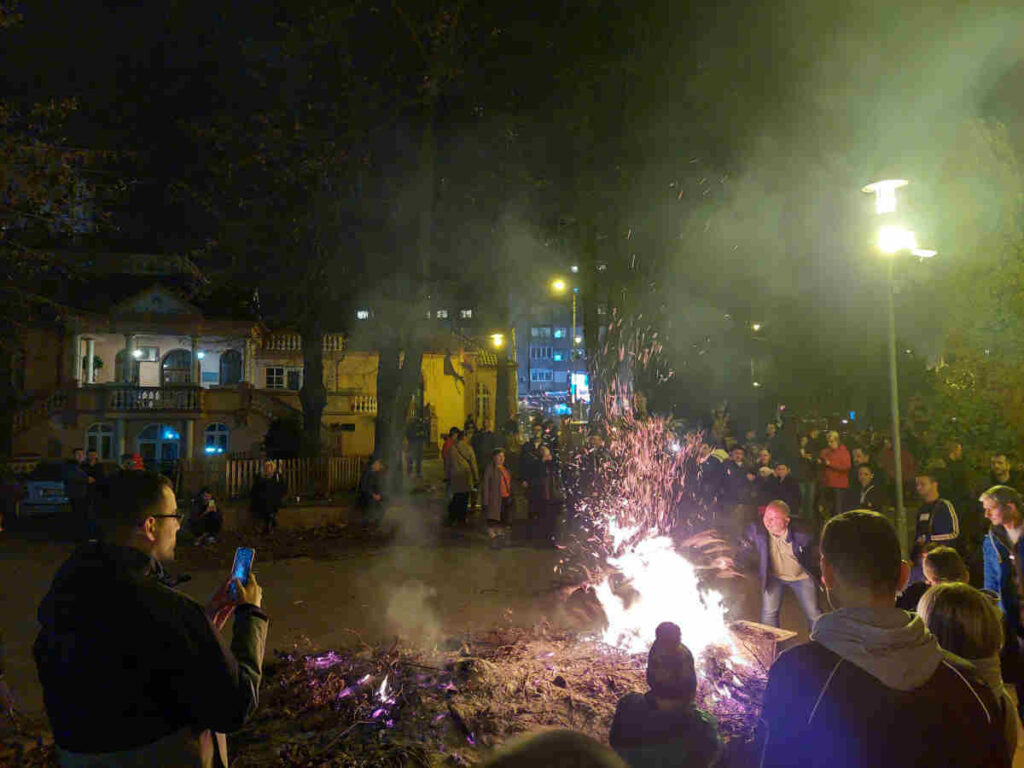
Christmas Eve: A Night of Tradition and Gathering
Christmas Eve, known as Badnji dan in Serbian tradition, is a momentous occasion on the night of January 6. The city takes on a serene and reverential atmosphere as families gather at churches. The uniqueness of this evening lies in the ritualistic burning of badnjak—a ceremonial oak tree branch.
People gather around the fire created by the burning of badnjak, listen to the religious music and soak in the atmosphere with their loved ones. A folk expression says that the more flickering flames your badnjak creates, the more money (prosperity) you will have.
Christmas Eve is the final day of the forty-day Christmas fast. For those who haven’t adhered to the entire fast, at least this day they choose to abstain from consuming meat, dairy products, and eggs. Traditional food on this day includes dried fruits like plums, apricots, and grapes, alongside nuts, peanuts, honey, and vegetables.
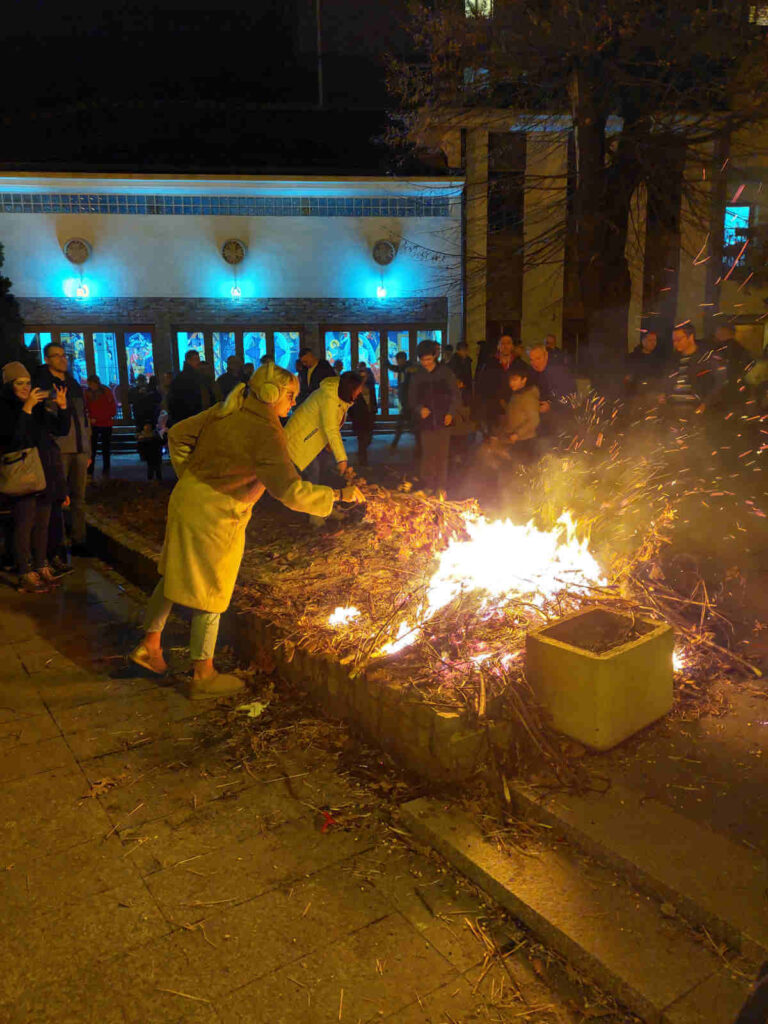
Christmas Day: Embracing Peace and Togetherness
On Christmas Day, Belgrade awakens to a tranquil and harmonious atmosphere. The streets are notably quiet as most people spend this sacred day in the warm embrace of family and loved ones. Shops and businesses are closed.
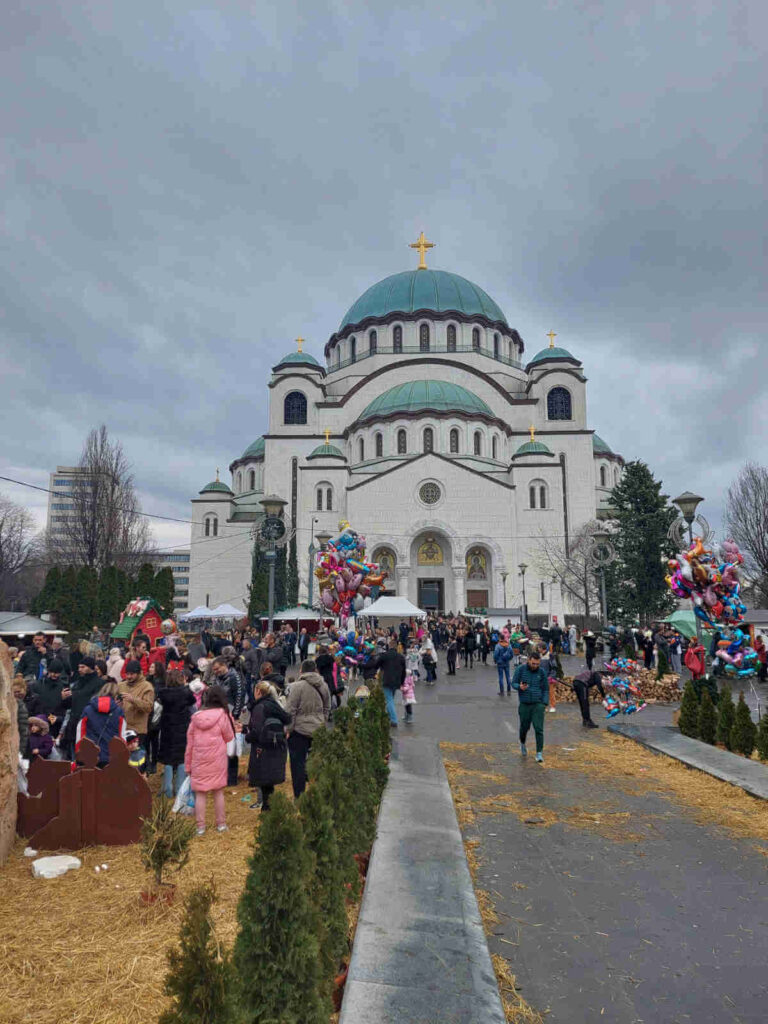
The focal point of the day remains the churches, particularly the magnificent St. Sava Temple, where throngs of believers gather to attend Christmas services. In front of the temple, a tradition of sharing a giant česnica, a ceremonial round-shaped bread, takes place. This bread contains a hidden coin, symbolizing good fortune for the one who discovers it within their piece.
Children are enveloped in the joy of receiving gifts and partaking in age-old customs. Families come together to share in the delight of this festive occasion, exchanging stories, laughter, and creating cherished memories.
On Christmas Day, since the fasting period is over, family members gather at home and have a delicious lunch together, enjoying lots of tasty food, including meat dishes.
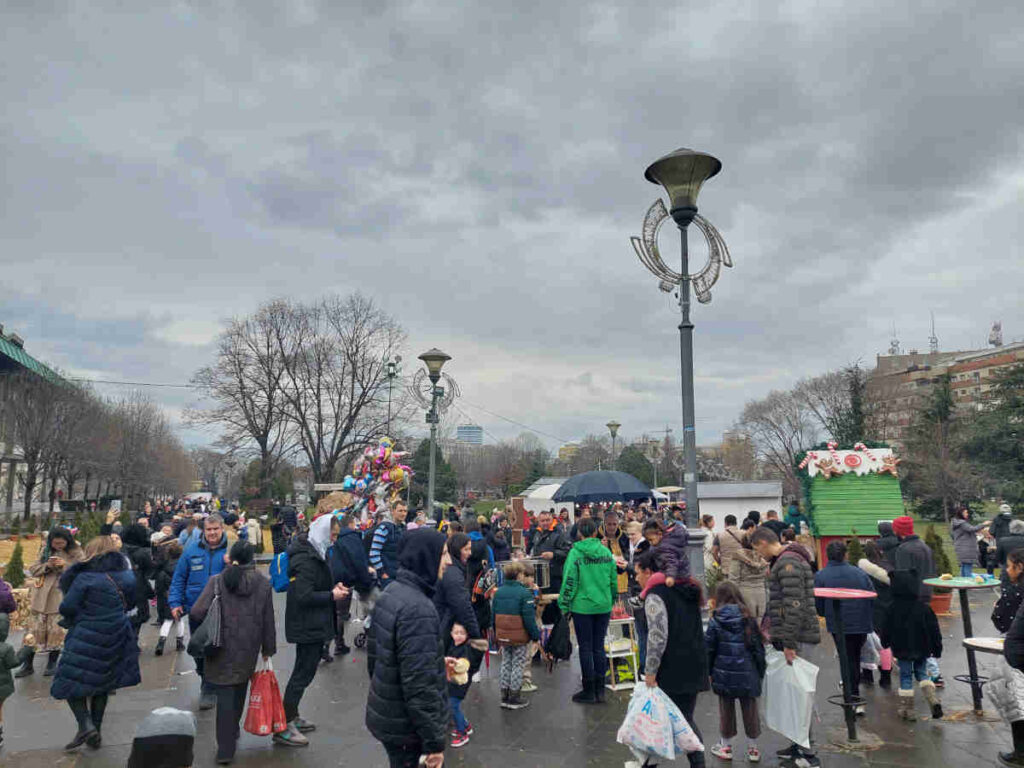
In Belgrade, Christmas is an enchanting journey into the heart of tradition and community. As the city resonates with the spirit of love, togetherness, and spirituality, visitors cannot help but be captivated by the magic that Christmas brings to this vibrant Serbian city. Whether it’s the ceremonial rituals, the sumptuous feasts, or the joyous gatherings, Christmas in Belgrade is an experience that lingers in the hearts of all who have the pleasure of partaking in its beauty.
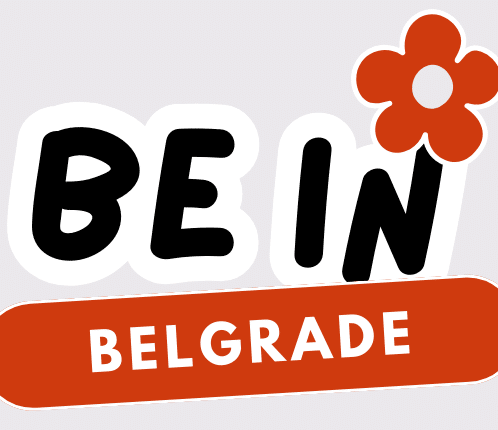
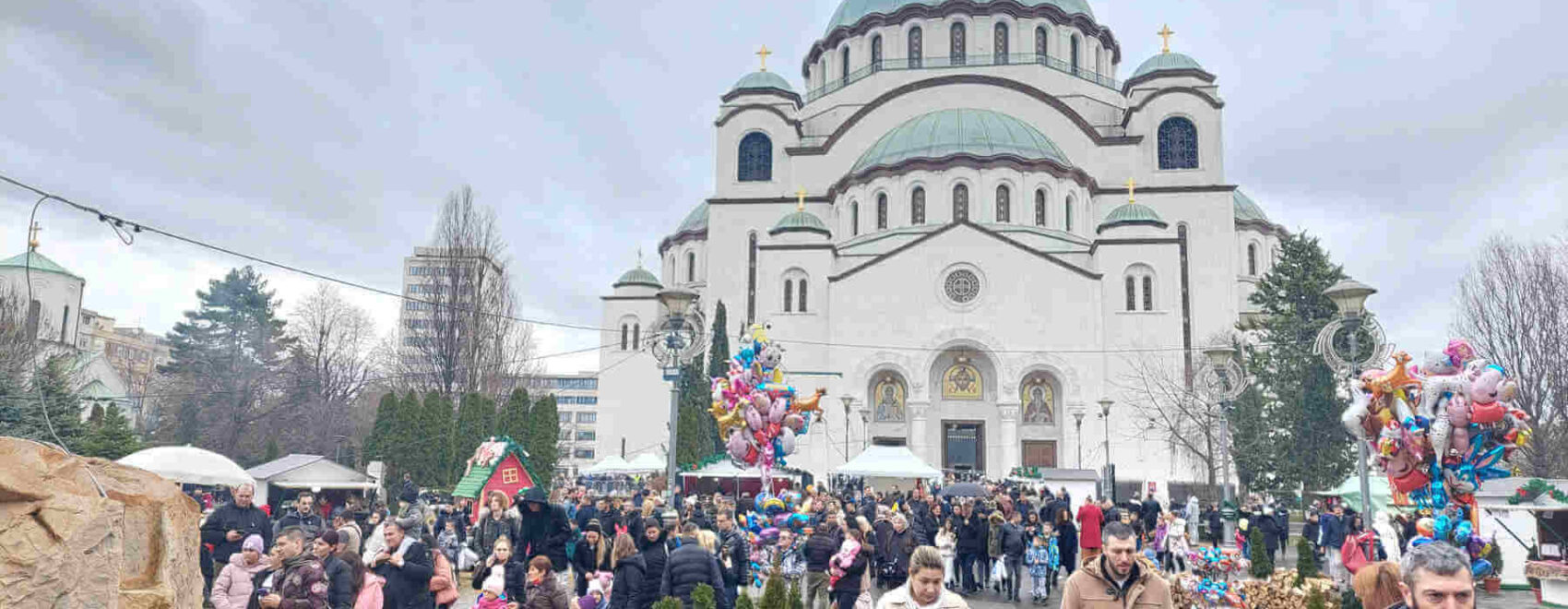
Leave a Reply